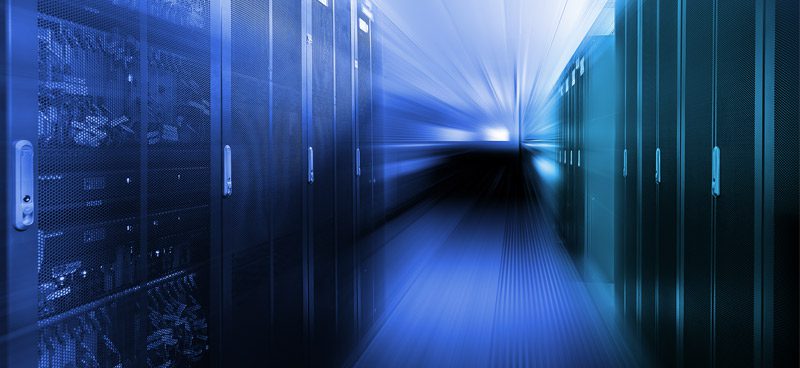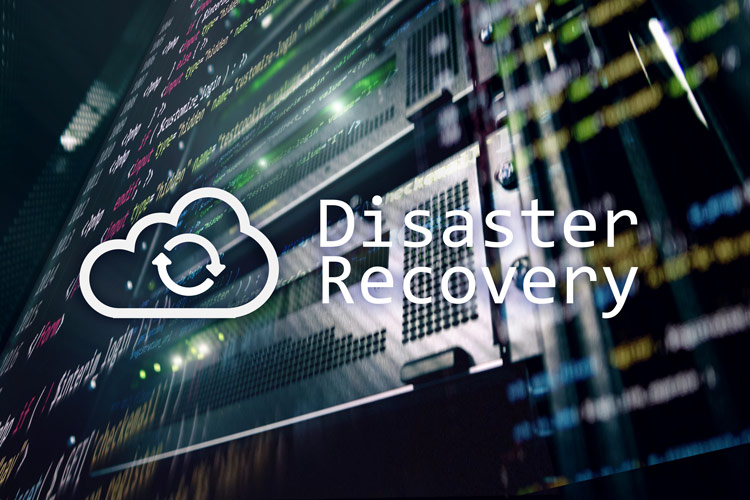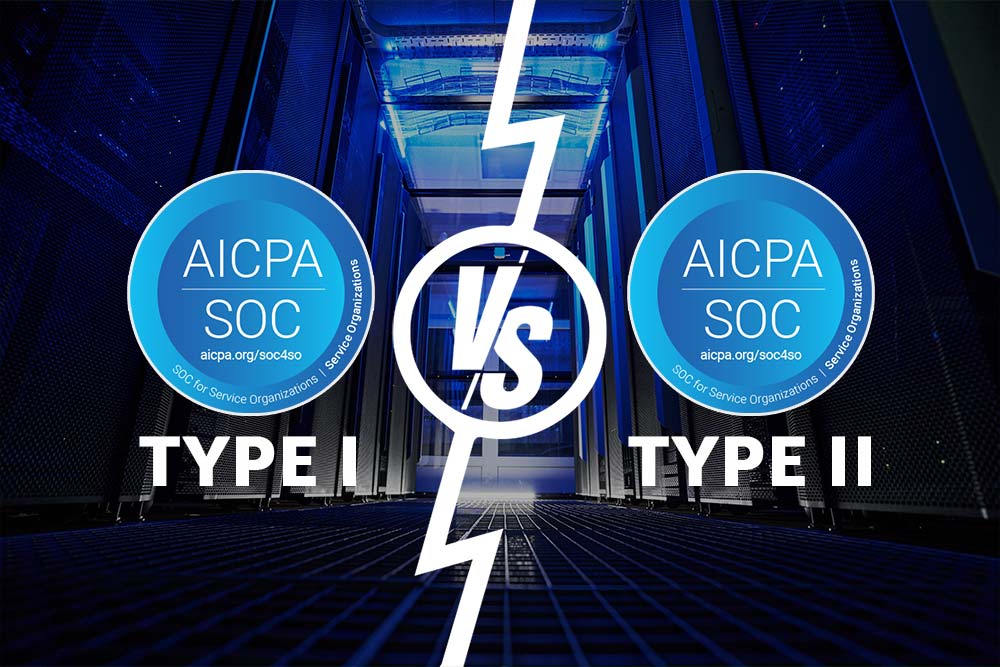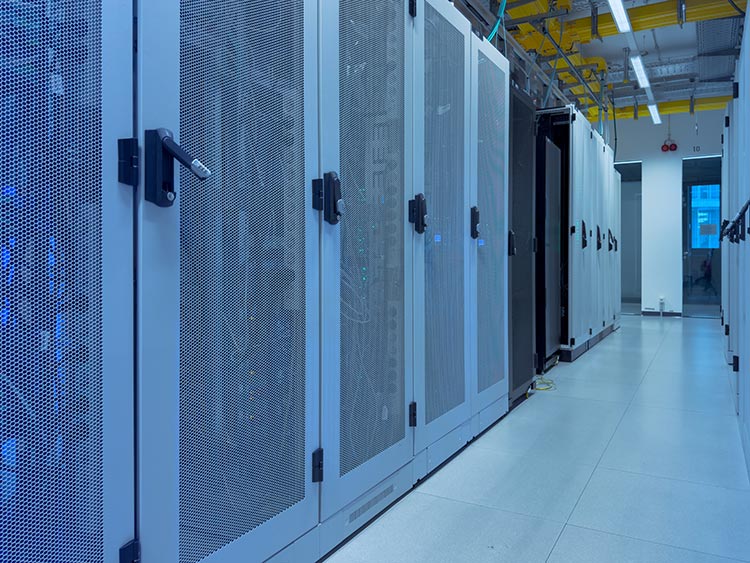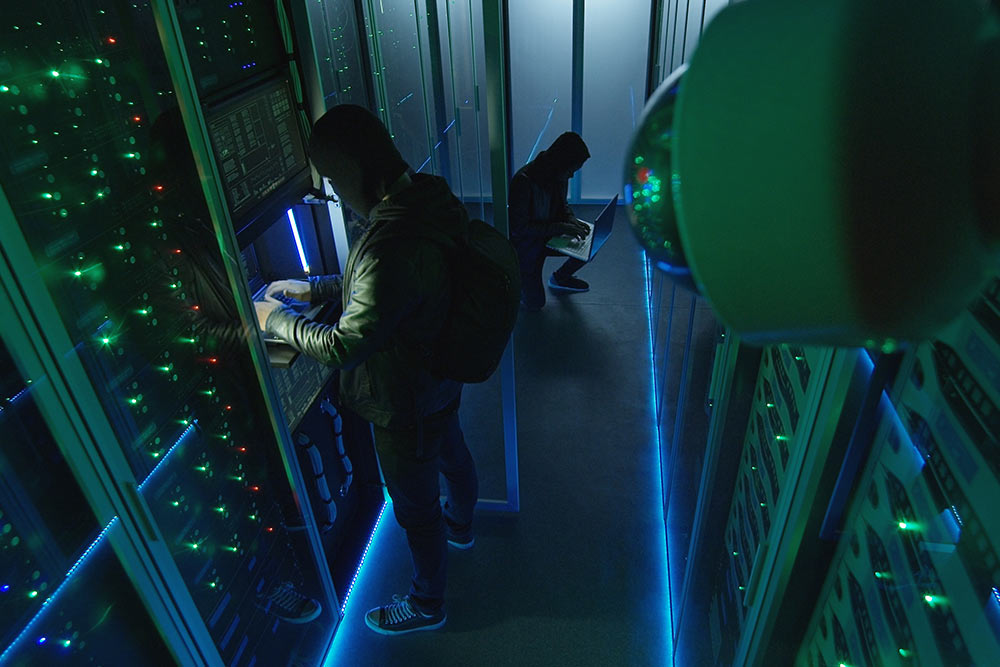The need for a globally recognized set of Tier Performance Standards became unavoidable in the mid-1990s. The data center industry grew at an unprecedented rate as the number of businesses with significant Internet needs to be skyrocketed. In response to this critical need, the Uptime Institute developed a Tier Classification and Certification System for data centers.
This classification system was designed to be used as a standard, globally recognized methodology for measuring data center performance. In this progressive system, each tier adds to the previous level’s requirements. Therefore, Tier II must meet all Tier I requirements before adding to the capabilities.
The Uptime Institute’s tier list is invaluable for businesses that require a concrete and reliable way in which to gauge the performance that they’ll be getting from their data center services. The tier system allows data service providers to offer a clear and concise means of conveying the cost to value the relationship that their service offers, without being obtuse or needlessly complicated.
For data service providers, the tier system also allows for easy communication when things can and do go wrong. When downtime occurs at data centers that hold lower tier ratings, the event can be explained and justified with ease as long as the downtime does not exceed the limits for that specific tier.
Additionally, the tier system allows data service providers to offer service to clients with more demanding requirements regarding redundancy and uptime. For clients who require absolute and unfailing reliability, higher tier ratings offer peace of mind, security, and financial insurance against losses due to data service failure and other unexpected events.
The Uptime Institute’s Tier Classification System
Choosing the data center tier most suited for a business’s data center necessitates an understanding of the Uptime Tier Classification System. The four tiers are outlined below.
1. Tier 1 / Basic Capacity.
A Tier I data center is the most basic of the tier capabilities. Best suited for small businesses and blog hosting, Tier I data centers operate with a single uplink and server. The center provides businesses with a dedicated space for IT systems, an Uninterrupted Power Supply (UPS), cooling equipment, and an engine generator to meet basic backup needs in the event of system failure.
Tier 1 data centers are typically utilized by businesses that require data center services but have few demands regarding reliability and uptime. Restaurants, family business and other such companies may need to store their data in the cloud but are unlikely to experience catastrophic financial losses as a result of prolonged periods of downtime.
Regardless of the relatively undemanding requirements of companies that typically utilize tier 1 data centers, there are still a number of redundancy measures that, while not nearly comprehensive enough to prevent downtime, are able to minimize it. This offers at least some protection from unexpected failures and maintenance while still minimizing cost.
2. Tier II / Redundant Capacity Components.
Tier II centers add redundant capacity components to the necessary capabilities of a Tier I center. In Tier-II centers, businesses are provided with redundant power and cooling capabilities that include UPS Modules, chillers, pumps, and energy generators.
For companies that improved (but not necessarily unimpeachable) reliability, tier 2 data centers offer a balance between reliability and cost, with more redundancy measures than tier 1 but not as many as tier 3. With their focus on balancing cost and reliability, tier 2 data centers do not offer impeccable reliability or cost-effectiveness, but rather a balance of both.
3. Tier III / Concurrently Maintainable.
A Tier III center builds upon the Tier II module by adding a redundant delivery path for power and cooling. This enables every component of the Tier III IT system to be shut down for maintenance or repair without impacting the overall IT operation. This allows tier III data centers to service clients that require near unfailing reliability but cannot justify the costs-to-reward ratio of the next tier of data center redundancy.
Tier 3 data centers are often utilized by law enforcement, hospitals, government agencies, and other businesses that require near-unfaltering reliability. With extensive redundancy measures and excellent disaster avoidance, tier 3 data centers offer a reasonably cost-effective route to companies and institutions that would be more negatively impacted by extended downtime than other clients.
4. Tier IV / Fault Tolerance.
Tier IV data centers are recognized as the most reliable and secure centers for businesses with high availability requirements. Tier IV data centers build upon Tier III centers’ needs by adding the concept of Fault Tolerance to their capabilities. Fault tolerance capability means that, in the rare event of an individual system failure or path interruption, the effects of these disruptions do not reach the IT operations. A single or concurrent system or pathway failure will not result in downtime to the entire system.
Understanding Tier IV Data Centers
Choosing the most suitable data center tier for a business depends primarily on two factors – availability and security needs. Businesses with high availability requirements are best suited for the offerings of a Tier IV Data Center. E-commerce, financial settlement companies, and large-scale corporations are generally ideal candidates for Tier IV Data Centers. For businesses in the process of choosing a data center, a brief explanation of the importance of Tier IV Data Center capabilities on your business’s health is provided below.
Tier IV Data Centers have capability levels designed to host “mission-critical” servers and computer systems. Data centers in this tier are nearly equivalent to the data centers used by the United States government. The outstanding characteristic of Tier IV Data Centers is the concept of Fault Tolerance. In a Tier IV Data Center, every single component of an IT system is dual powered. This means that everything from servers to HVAC systems is operated on multiple distribution pathways.
These pathways have the capability to serve each of the components of a site’s computer equipment simultaneously while allowing for complete redundancy in operation and backup. In the unlikely event of a system or pathway failure, the system will automatically respond to prevent future failures at the location.
Furthermore, Tier IV Data Centers offer 2N+ Redundancy. This means that each Tier IV Data Center contains two times the amount of power capabilities needed to operate, plus an additional backup generator. As a result of these redundancy capabilities, Tier IV Data Centers offer less than 27 minutes of downtime a year – with each of the downtime events lasting less than a fraction of a second.
Choosing The Ideal Data Center
When it comes to selecting the ideal data center for a business, the primary consideration is the need for data availability and the ability to tolerate downtime without a significant impact on the business’s operations and vitality. For small businesses, a Tier I Data Center will provide the essential IT components required to function successfully. A Tier IV data center is the recommended option for large-scale corporations dealing with high availability and increased security needs.
When it comes to data centers, the best option for you and your company will depend on how much you’re willing to spend and how much reliability you need. If your business model doesn’t require unfaltering reliability, then a tier 1 or tier 2 data center may be entirely sufficient. If you need improved reliability, then tier 3 or even tier 4 may be warranted.
Ready to Learn More About Data Center Tiers?
Discover how Volico can help you with your Data Center Colocation needs.
• Call: 888 865 4261
• Chat with a member of our team to discuss which solution best fits your needs.

